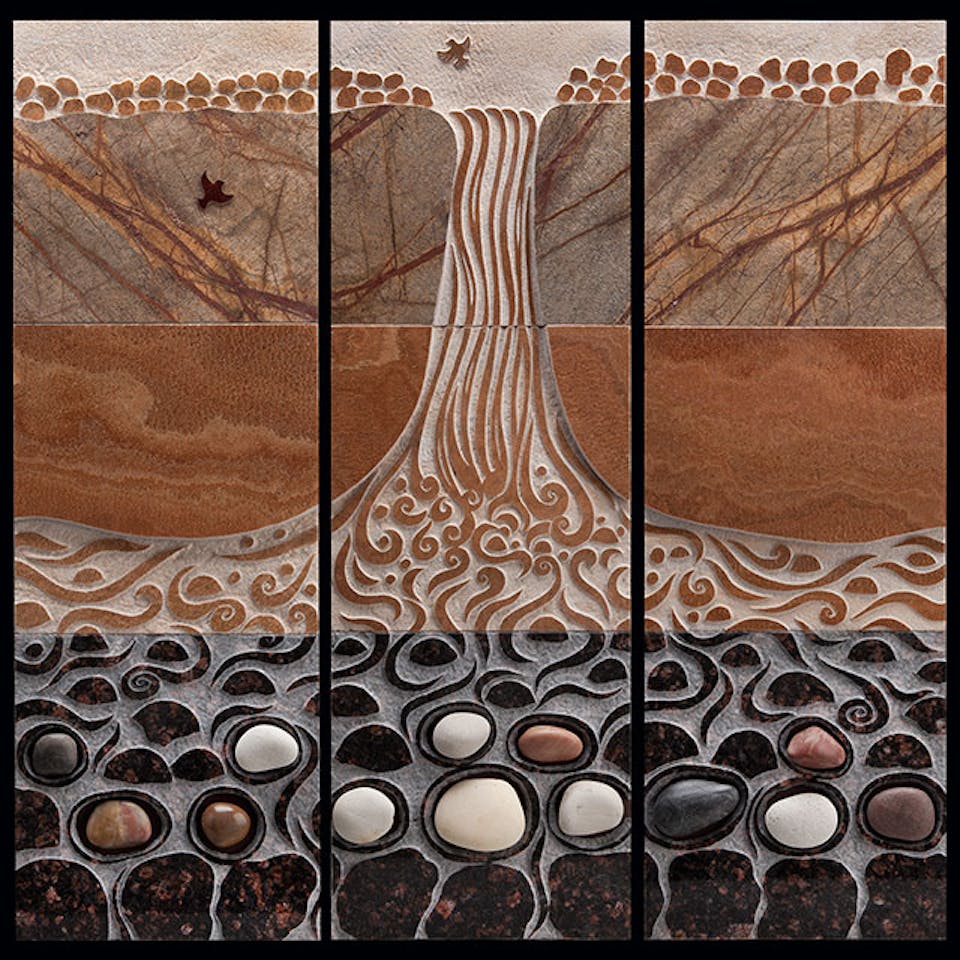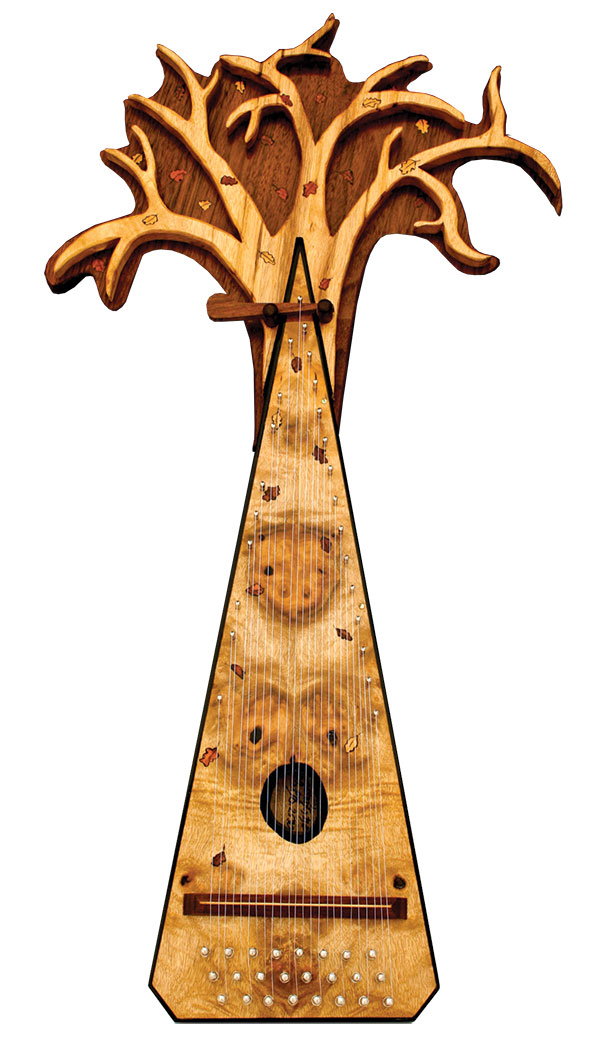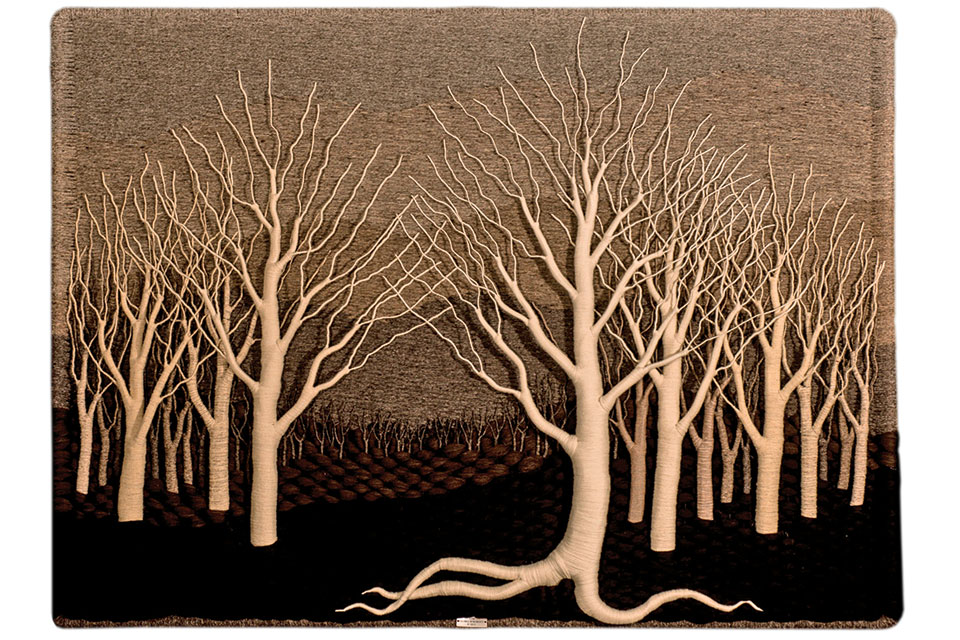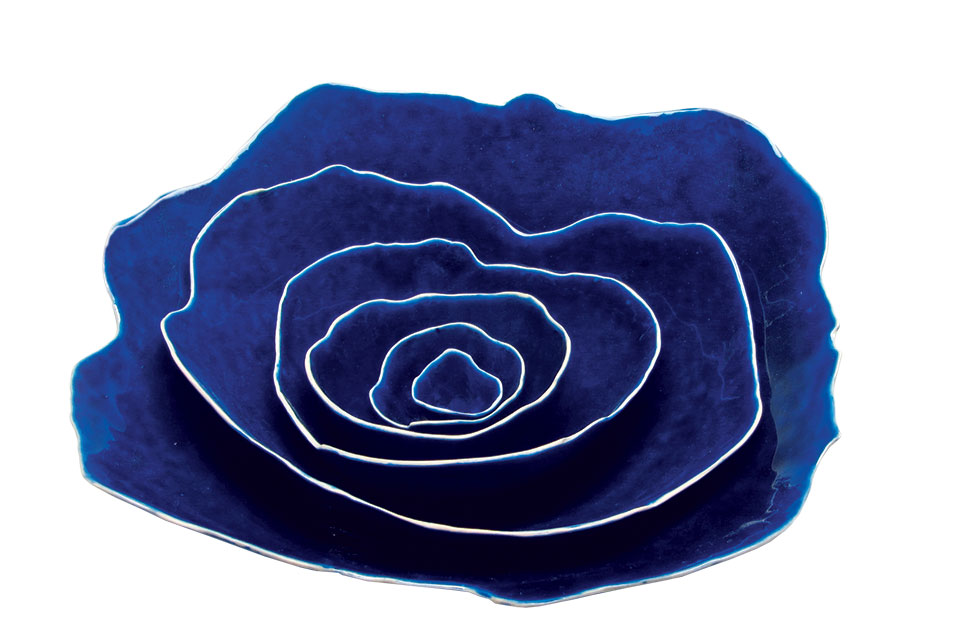Arts
Natural Order
Five artists appearing in Columbus this month discuss how the patterns and processes found in the world we share have shaped their work.
Related Articles

Experience Geauga County’s Nearly Century-Old Maple Festival
Founded in 1926, the annual celebration honors the region’s rich maple sugaring heritage with entertainment, traditional competitions and lots of sweet treats. READ MORE >>

This Small-Town Festival Celebrates a Pungent Wild Leek
If you’ve never eaten a ramp, you’re not alone. The annual Ramp Up Peninsula celebration offers a chance to try the wild leek, which arrives in parts of Ohio each spring. READ MORE >>
.jpg?sfvrsn=158db838_2&w=960&auto=compress%2cformat)
Explore Medina’s First Curiosities & Cryptids Festival
Celebrating its inaugural year, check out this Medina festival dedicated to all things curious and mystical. READ MORE >>






